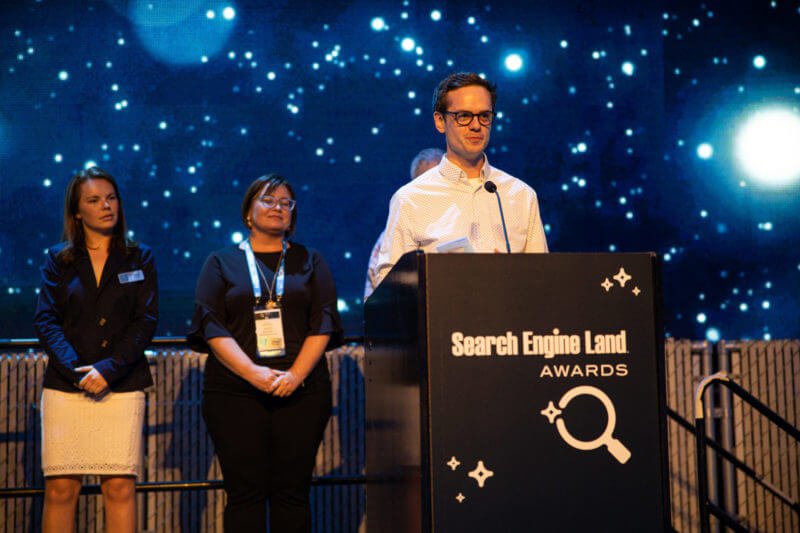
While street shopping at Sarojini Nagar or Lajpat Nagar on a hot sunny day, a glass of soda drink, typically called banta in Delhi, curbs one’s thirst in the best possible way. We bet even more than water. The tangy cum sweet taste of banta is immensely refreshing and gets you going for a second round of shopping. As soon as the thought of buying a cold drink comes to your mind, you will find yourself queuing up by the roadside, sipping into this wonder drink. It’s common to find banta-wallahs in nooks and corners around the market, busy attending to customers by squeezing a lemon in to a glass and adding in a sprinkling of rock salt before opening a crooked looking bottle of banta and pouring it into the glass. Not to forget the addition of crushed ice. The soda bottle is interesting too, as one needs to push in the round marble seal called kancha to pop it open.
Nowadays, not only do you find vendors selling these bantas on push carts but also in fancy cafes and bars in Delhi such as Bunta Bar, Social Offline, Cocktail Crew India and many others with numerous flavours and options to choose from. Read on as we take you through some more information about the summer thirst quencher – banta.
The ‘Delhi’ Drink: Banta
This desi mojito is a quintessential part of Delhi since years unknown and has been loved dearly as saddi Dilli calls this drink its very own, though it isn’t sure if the drink is actually native to the city. Banta is available in cod-neck bottles (bottles used for carbonated drinks) enclosed with a marble or a rubber gasket to seal the carbonation. According to Bunta Bar’s Manager, Kuldeep Dogra, “we are a bar that serves numerous flavours of banta including Aam Tulsi, Kala Khatta, Aam Panna, Lychee Jeera and Green Apple among many others.”
When we asked him about how they got an idea to theme the bar around banta, he explained, “Our owner Anchit Kapil was travelling in Punjab when he saw some banta sellers, and the idea struck to dedicate a theme around banta. He also thought of experimenting with different flavours. Now we serve drinks with a base made of banta.”
The name banta is actually native to Punjab as this drink is said to have been popular there first before coming to Delhi. It is just that it is called by different names in different places like Fotash Jawl in Bengali and Goli Soda in Hindi. Banta is a Punjabi name, which refers to marble. Banta has been sold since the 19th century; much before popular carbonated drinks arrived in the markets.
How is Banta Made?
The preparation of banta is quite similar to that of any other carbonated drink, just that the sealing procedure is different and better. It is prepared by mixing dry ingredients or fresh ingredients like lemons, oranges, salt, water et al depending on the flavour. The mixture is then poured in to the bottle through a funnel (the neck of the bottle is narrow) until it is filled to the brim. Soon after, the bottle is placed in the soda machine, which holds the bottle firmly. The mouth of the bottle is then closed with a nozzle, which infuses the mixture with carbon dioxide. The bottle container is rotated for about two to three times so that some of the carbon dioxide gets dissolved and pushes the marble to the top. There is a rubber ring that stops the marble to spring open. As soon as the marble comes on the neck, the bottle is sealed closed. It is an intricate work and a careless act can make the marble pop out of the bottle. These bottles are reusable.
You can find banta being sold everywhere in Delhi including street markets like Sarojini Nagar, Lajpat Nagar, Chandni Chowk and various spots in Delhi University.
The rise and popularity of other carbonated drinks may have upped the competition for banta, but the desi-ness and typical soda flavour wouldn’t hamper Banta’s reputation of a thirst quencher easily giving other types of cola a run for their money.
Well, we are sure that reading this might have been a mouthwatering journey. It is time to sip on some desi soda drink and quench your thirst like never before.
[“source-ndtv”]



